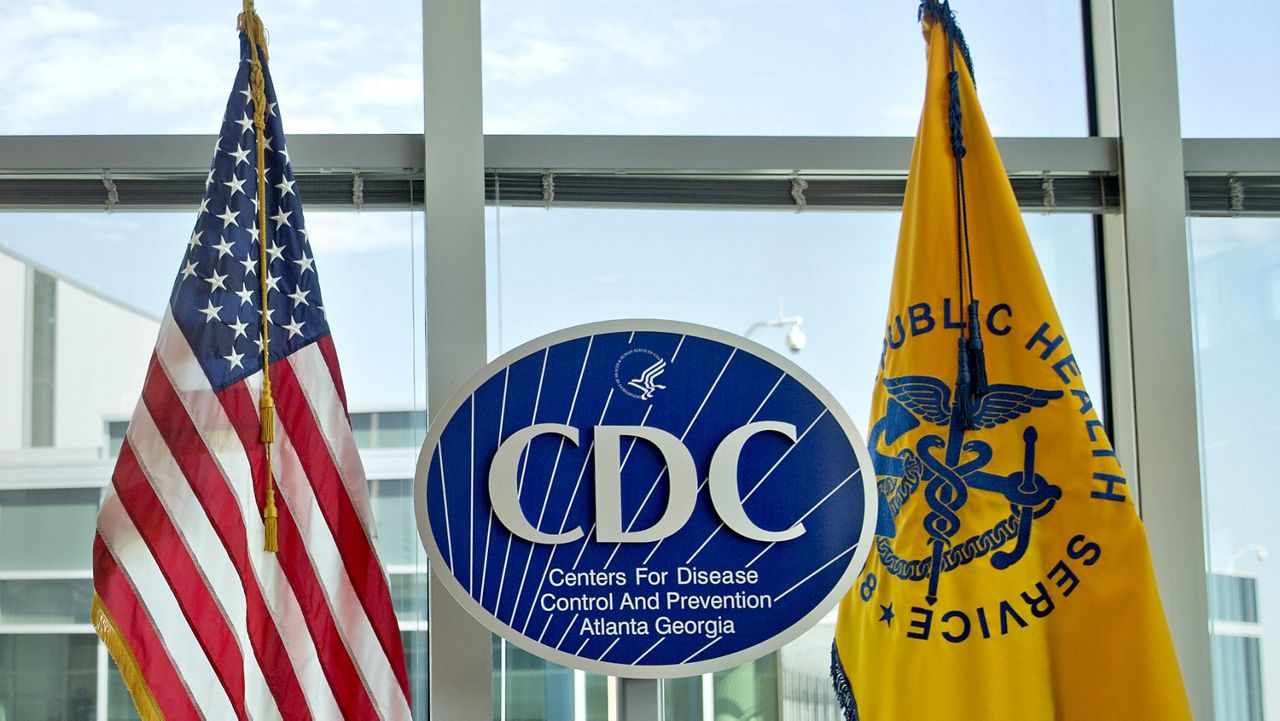A new COVID-19 subvariant now accounts for more than one in five cases in the United States and is the dominant strain in the Northeast, according to data from the Centers for Disease Control and Prevention.
What You Need To Know
- A new COVID-19 subvariant now accounts for more than one in five cases in the United States and is the dominant strain in the Northeast, according to data from the Centers for Disease Control and Prevention
- On Tuesday, the World Health Organization designated the strain, JN.1, a standalone variant of interest, due “to its rapidly increasing spread.”
- According to the CDC, there is currently no evidence JN.1 presents an increased risk to public health than other circulating COVID variants
- But the subvariant’s rapid spread raises the question of whether it might drive a surge in new COVID infections
On Tuesday, the World Health Organization designated the strain, JN.1, a standalone variant of interest, due “to its rapidly increasing spread.” Previously, the WHO tracked JN.1 as part of BA.2.86, its parent lineage, which is also a variant of interest.
JN.1 was first detected in Luxembourg in August and arrived in the U.S. in September. For the two weeks ending on Dec. 9, it accounted for 21.4% of COVID-19 cases in the U.S. — a proportion about 2 1/2 times higher than the prior two weeks and nearly seven times higher than a month earlier.
According to the CDC’s latest numbers, JN.1 makes up 31.7% of infections in the Northeast, more than any other variant.
BA.2.86, an omicron variant, was first detected in the U.S. in August. Some scientists had feared it would evade vaccines and immunity from previous COVID-19 infections because it has at least 30 mutations compared to other omicron variants. But BA.2.86 has never accounted for more than a small percentage of cases in the U.S.
JN.1 has only one change in the spike protein compared to BA.2.86, but it has spread more rapidly.
According to the CDC, however, there is currently no evidence JN.1 presents an increased risk to public health than other circulating COVID variants. There is no indication the strain causes more severe cases of COVID-19, and vaccines and treatments are expected to be effective against JN.1, the CDC said. It’s not yet clear whether it has any symptoms different from other variants.
But the subvariant’s rapid spread raises the question of whether it might drive a surge in new COVID infections.
Since the start of the pandemic, the holiday season has been followed by increased cases of the virus.
Hospitalizations are already on the rise. For the two weeks ending on Dec. 9, there were 23,432 people admitted to hospitals with COVID, a 56% increase from about a month earlier, according to CDC data. Emergency room visits for the virus have been highest among infants and older adults but have also been elevated for young children.
Last week, the CDC issued an advisory to health care providers about low vaccination rates for COVID, flu and respiratory syncytial virus. Only 17% of the country’s population has received the latest COVID booster shot.
The World Health Organization said JN.1 may cause an increase in COVID cases around the world, especially in countries entering winter. But it said the additional public health risk is low.
The countries with the largest proportion of JN.1 infections are France, the U.S., Singapore, Canada, the United Kingdom and Sweden, according to the WHO.



